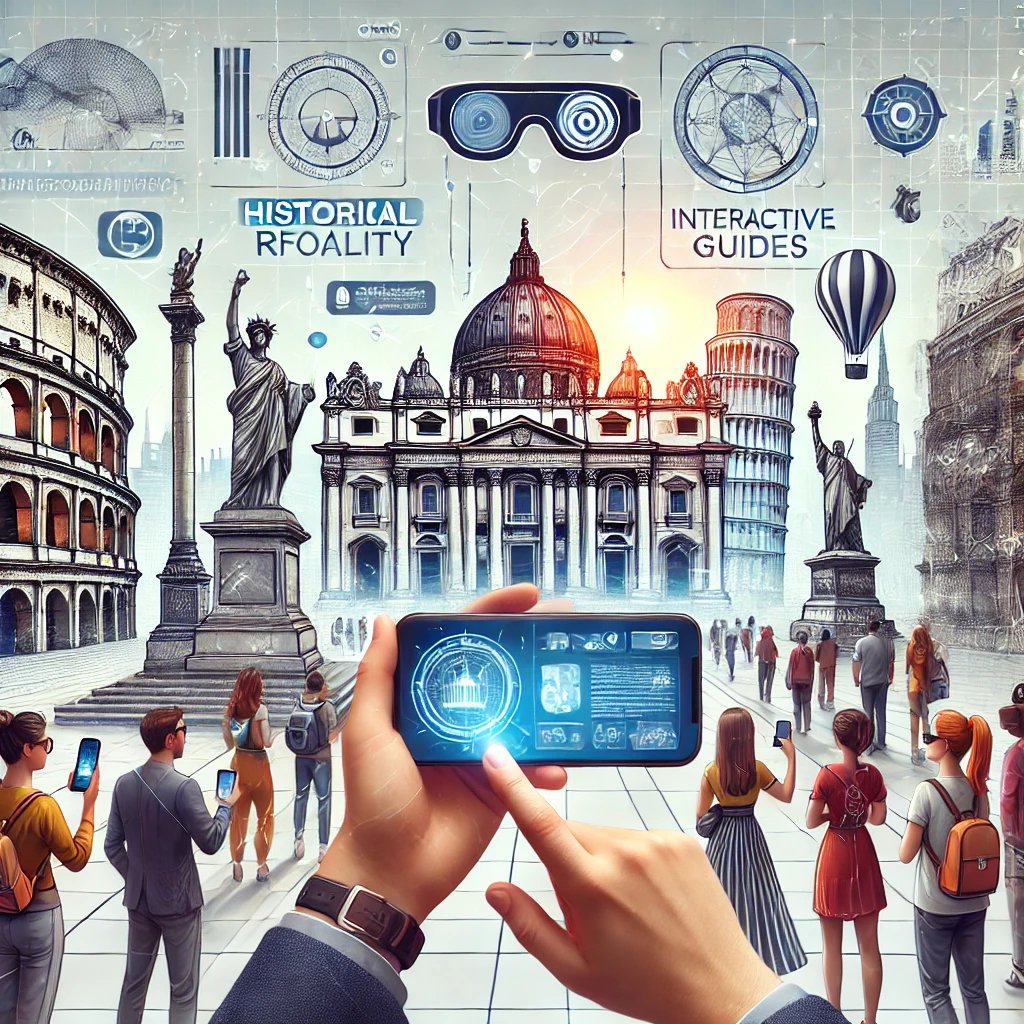Technology has transformed every aspect of our lives, and education is no exception. In recent years, two technologies have gained prominence in the educational field: augmented reality (AR) and virtual reality (VR). These tools are changing how students interact with content, allowing for more immersive and effective learning experiences.
What is Augmented Reality and Virtual Reality?
Before diving into their applications in education, it’s essential to understand what augmented reality and virtual reality are.
- Augmented Reality (AR): Augmented reality combines the real world with superimposed digital elements. Through devices like smartphones, tablets, or special glasses, students can see virtual objects integrated into their real-world environment. A classic example of AR is Pokémon GO, where virtual characters appeared in real-world settings.
- Virtual Reality (VR): Virtual reality, on the other hand, is entirely immersive. Using VR headsets, students are transported to a completely digital environment, where they can interact with a simulated world. In VR, students don’t just see the content; they become fully immersed in it.
The Benefits of Augmented and Virtual Reality in Education
The use of AR and VR in education offers several benefits that are revolutionizing how students learn. Below are some of the main advantages:
1. Immersive and Hands-On Learning
One of the primary benefits of these technologies is their ability to provide immersive learning experiences. Students don’t just read or see a static presentation; they interact with the content in a practical way. For example, in a biology class, students can explore the human body in 3D with augmented reality, observing organs in detail and gaining a better understanding of how they function.
2. Increased Motivation and Engagement
Studies show that students learn better when they are engaged with the material. Both augmented and virtual reality make learning more entertaining and dynamic, increasing student motivation. The interactive nature of these technologies allows students to feel more involved, which often results in better information retention.
3. Personalized Learning
AR and VR allow for the customization of learning experiences to meet the needs of each student. With these tools, teachers can adjust content to fit different learning styles, allowing each student to progress at their own pace. Additionally, in a virtual environment, it’s possible to simulate scenarios that would otherwise be impossible to recreate in a traditional classroom.
4. Global Accessibility
One of the most exciting promises of augmented and virtual reality in education is their ability to make high-quality learning accessible to everyone, regardless of geographic location. With VR, students can visit world-renowned museums or walk through the streets of an ancient Roman city without leaving their classroom. This opens up global, multidimensional learning opportunities.
Applications of Augmented and Virtual Reality in Education
The applications of AR and VR in the education sector are vast and continue to expand. Below are some ways these technologies are being used in different fields of study:
1. Natural Sciences and Biology
With AR, students can view three-dimensional models of cells, molecules, or even the entire human body. This allows for a deeper understanding of complex concepts that would otherwise be difficult to visualize. In the case of VR, students can travel inside a digestive system, for example, to see how different organs function interactively.
2. History and Geography
Instead of reading about ancient civilizations in textbooks, students can “travel back in time” with virtual reality and experience firsthand what life was like in the past. For example, they can walk through the streets of ancient Rome or visit a replica of the Great Wall of China. AR, on the other hand, can overlay real-time interactive maps, allowing students to visually see historical and geographical changes.
3. Art and Design
Art students can benefit greatly from AR and VR. With augmented reality, it’s possible to place virtual sculptures or paintings in real-world spaces to see how they would look in different settings. In graphic or architectural design, students can create 3D models and view them in a realistic environment through virtual reality.
4. Technical and Vocational Training
In fields like medicine, engineering, or aviation, virtual reality allows students to practice in highly realistic simulations before facing real-life situations. In a virtual reality environment, medical students can perform simulated surgeries, while future pilots can practice complex maneuvers without the inherent risks of real-world testing.
Challenges and the Future of AR and VR in Education
While augmented and virtual reality offer great potential to revolutionize education, they also present challenges. One of the main obstacles is the cost of implementing these technologies, especially in regions with fewer resources. Additionally, teachers need adequate training to effectively integrate these tools into their classrooms.
However, as technology advances and becomes more accessible, we are likely to see widespread adoption in classrooms worldwide. The future of learning is set to be more interactive, immersive, and personalized, and augmented and virtual reality are key pieces in this transformation.
Conclusion
Augmented and virtual reality in education are transforming the landscape of modern learning. By making complex concepts more accessible and engaging, these technologies not only improve information retention but also motivate students to explore and learn more. As we overcome challenges and improve access to these tools, the future of education promises to be more exciting and enriching than ever.


